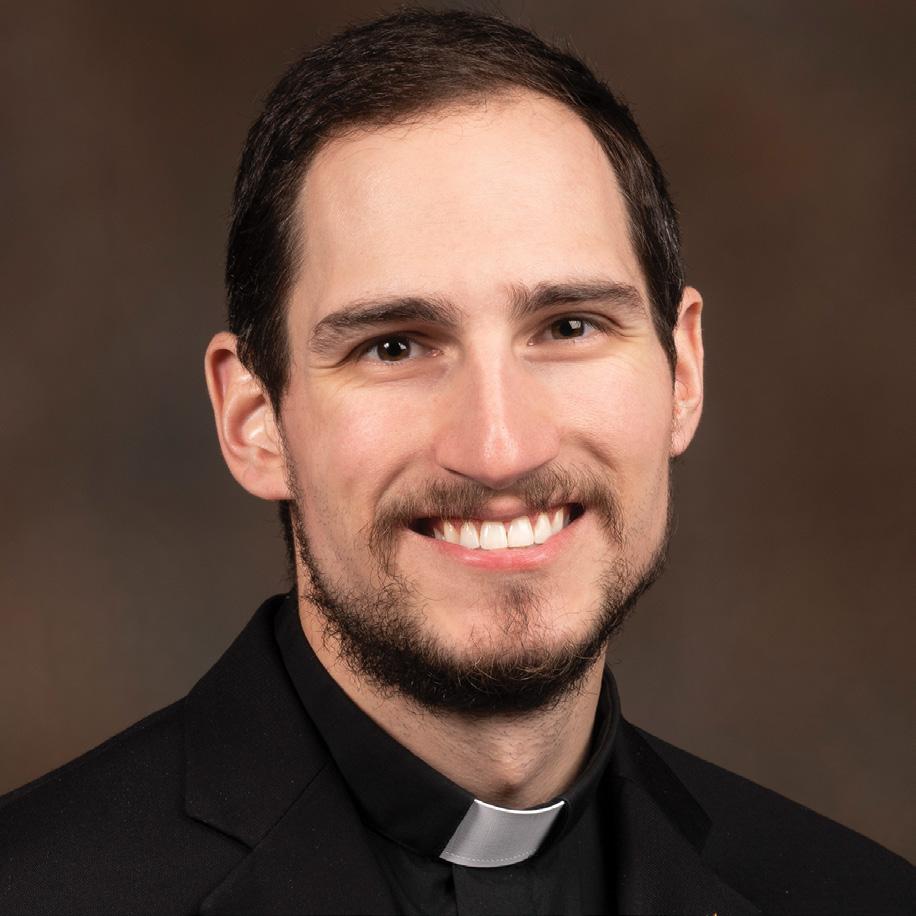Immaculate CONCEPTION
The Sign of the
Cross: A Powerful Prayer Tradition in the Catholic Church
A
s Catholics, we are blessed to be part of a faith tradition that stretches back over 2,000 years to its founding by Jesus Christ. Along with the history of our faith come many customs and sacred rituals that become even more beautiful when we delve a little deeper into their origins and meanings. Certainly, such is the case with one of the most visible outward signs of our Catholic faith — the Sign of the Cross. Since we say and make the Sign of the Cross so often, it may easily become a rote, perhaps even thoughtless, action. However, it is important to remember that the Sign of the Cross 6
is much more than a simple gesture. Even in its most basic form, the Sign of the Cross — accompanied by the spoken or unspoken words “In the name of the Father, and of the Son, and of the Holy Spirit” — is a prayer, a creed stating our belief in the Holy Trinity, the dual nature of Jesus Christ, and the dependence of our salvation on His crucifixion and resurrection. In addition, making the Sign of the Cross is an indication of a willingness to take up our own cross and suffering for the sake of Christ. The prayer is considered one of the greatest weapons against Satan and all demons, and an added strength against
the temptations of the flesh. In the Roman Catholic Church today, the Sign of the Cross is typically made with either three fingers or an open hand touching first the forehead, then the chest, followed by the left shoulder and then the right (in the Eastern Church, the right shoulder is touched before the left). The concept of making a sign, or “setting a seal,” upon the forehead of those who place their faith in the Lord appears in both the Old and New Testaments of the Bible — see Ezek. 9:4 and Rev. 7:3, 9:4, and 14:1. Early versions of the Sign of the Cross were traced on just the forehead, using the thumb and continued on page 7





